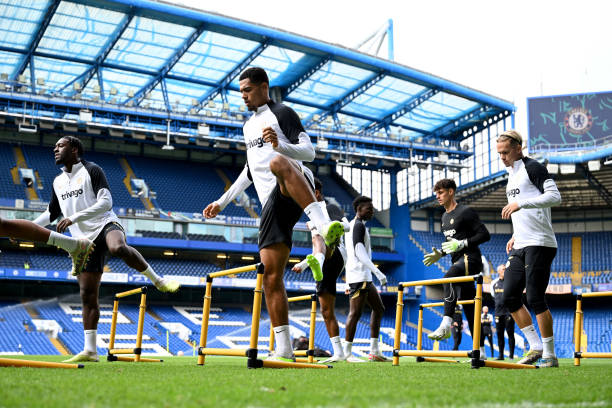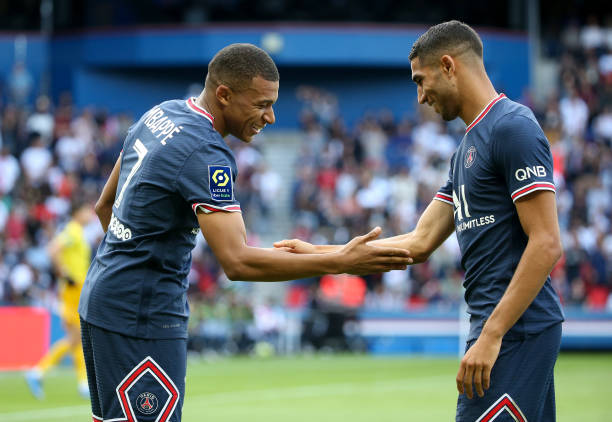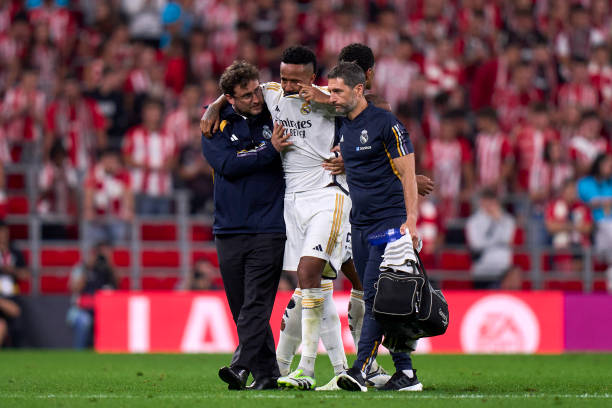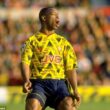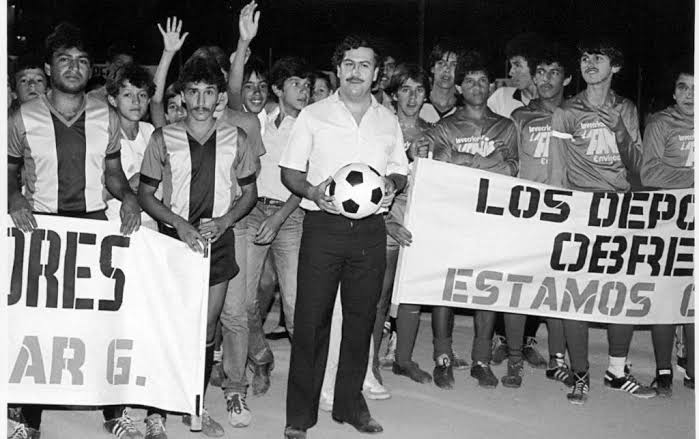It is often said that before the gold shines, it passes through the fire.
For every amazing and unforgettable performance of soccer players on the pitch of play, several hours of arduous and very exacting training are the recipe that culminated into such incredible displays.
For every soccer player, training is a vital part of whatever height they attain, given that achieving greatness in the game warrants dedication and hard work.
In this article, we will reveal the complete training guide that divulges all there is to know about soccer training drills for players and aspiring ones who do not have an idea of what shapes successful soccer players entail yet.
Athletes and coaches are constantly looking for innovative ways to optimize training methods and improve performance levels. Velocity-based training (VBT) has emerged as a game changer in the field, providing a dynamic method that harnesses real-time feedback for extraordinary results.
Among the leaders in the field is Vitruve, a company that has developed an advanced VBT device that is revolutionizing the way teams and individuals evaluate and improve their capabilities. Here is a velocity based training guide for you, along with comprehensive feedback.
Now let’s find out how soccer players train.
How Do Soccer Players Train?
Here’s a brief overview of how soccer players train:
Training Schedule
In the lives of soccer players, there are certain times that are of immense importance, the pre-season, the regular season, and the off-season.
The pre-season training is to get the players prepped up and reach maximum fitness for a quite engaging season ahead. Hence, it’s most intense, and it requires heavy workloads and extra recovery sessions.
During this period, players can have three different sessions each day, with each session based on skill development and tactical awareness and approach.
However, the various aspects focused on during each training session hinge on the intensity levels.
For regular season training, it comes with a somewhat light schedule as it depends on the time of the year or when the team will be playing.
As a result, players spend their Monday to Friday preparing for their match to come on the weekend, and during this period, strength, speed, and skill work are worked upon.
Lastly, the off-season training is an individual assignment. Players hire personal trainers, chefs, and nutrition experts to go on vacation with them.
Having enumerated the training schedule, let’s deal with the “HOW.”
There are numerous ways to train for soccer, with a specific duration set aside for each training.
In the junior cadre and amateur level, players’ cardio, strength, and mobility training are usually spontaneous, while the tactical and technical aspects take place with the tutelage of the coach.
Every team has their modus operandi for training, but many teams adopt the traditional training format.
Warm Up
Every training session begins with at least a ten-minute warm-up. Ignoring this essential part of the training will only result in early injury for the players and a dip in performance.
It helps put the body and mind in shape for the day’s training activities. Also, it augments the players’ nervous system for speed.
Central Training
A successful warm-up is followed by the business of the day, which is the main training session – this is done for half an hour or more due to the grounds that must be covered.
The session must have its own aims and objectives concerning every aspect of the game to be actualized, ranging from passing, tackling, crossing, ball control, shooting, etc.
Game Situation
As it is always done in the game, all that has been worked on in training must be perfected on the pitch of play to get the desired result.
But before the players get to the big stage, it must be put to the test during the game situation session.
This will be a short session, usually for thirty minutes, to practice and continue developing the skills from the main session. This session could be a small-sided game, a full-team practice match.
Cooling Down
After every training, the body is expected to be in top shape for the D-Day. That’s where the cooling down aspect of the training is needed.
This aspect of this training is to help prevent players from cramps and probable dizziness and relax their body, but interestingly, it’s most of the time bypassed by a lot of “modern” players.
Failure to implement the correct recovery techniques between sessions and games can increase the risk of injury and cause performance to decline.
There is a reason players like Lionel Messi, Cristiano Ronaldo, and the recently-retired Zlatan Ibrahimovic played till their late thirties. It is because modern sports science plays a viable role in the lives of these soccer players.
Cooling down does not need to be done for a long period; as such, five to ten minutes of cooling down after training is enough before hitting the showers.
How long do soccer players train for?
The sum of the time spent on training is a total of one hour and fifteen minutes, but it could be more.
Dedicating such time almost every day to training is the bedrock of a glittering career for any soccer player barring any unfortunate injury or career-threatening or career-ending health crisis.
It must, however, be noted that training shouldn’t last too long because spending too much time in training could be damaging to one’s health.
Conclusion
Soccer players undergo a comprehensive training regimen that includes cardio, resistance training, and skill-specific drills.
Cardio workouts such as running, cycling, and HIIT improve their endurance and stamina.
Resistance training, on the other hand, involves weightlifting and bodyweight exercises that help build their leg and core strength.
Skill-specific drills, meanwhile, focus on improving their technique and game-specific movements. Recovery, flexibility, and mobility are also vital components of soccer training programs
YOU SHOULD ALSO READ:


